Blog: The Million Dollar Case Study: Session #2 Recap: Advanced Product Research
The Million Dollar Case Study: Session #2 Recap: Advanced Product Research
Can you tell me a product idea that has great demand, low competition, and will offer solid profit margins to sell about, oh, a million dollars in revenue? That's been the riddle that we've been addressing in Jungle Scout's Million Dollar Case Study for the past week.
And as of now, we have solved the challenge (maybe). We now have a solid product idea for our journey to a million dollars!
And the winning product is…
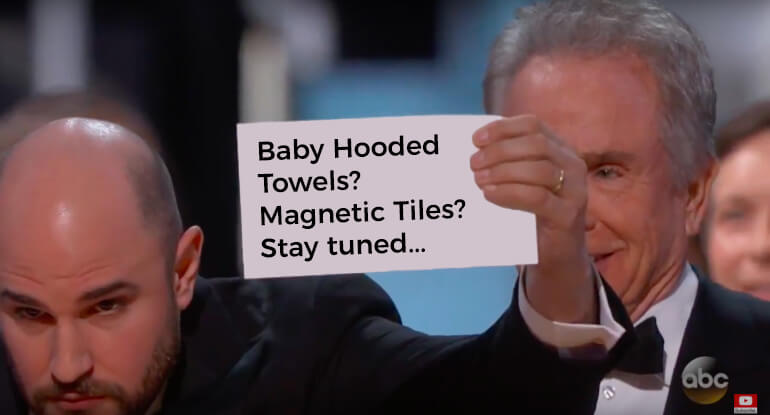
So we don't necessarily have one idea, but two at the moment. It's kinda like the Oscars “Envelopegate” debacle of this year, you definitely have to see how it happened.
So here it is, the full replay of our second product research session where we actually chose the product:
And here are the accompanying slides:
Additional Product Research Methods
Greg started the session with a review of the product research criteria and the process we followed in Session 1. We also explored a few additional product research methods that we touched on in Session 1.
Here are a few of the strategies, and how to utilize them.
Strategy #1: That Crappy Product Sells Like Hotcakes?!
The strategy here is to find products that sell really well, despite a very poor rating. So the logic is that there are hordes of customers looking for the product, yet can’t find any decent alternatives and settle for a poorly-reviewed product.
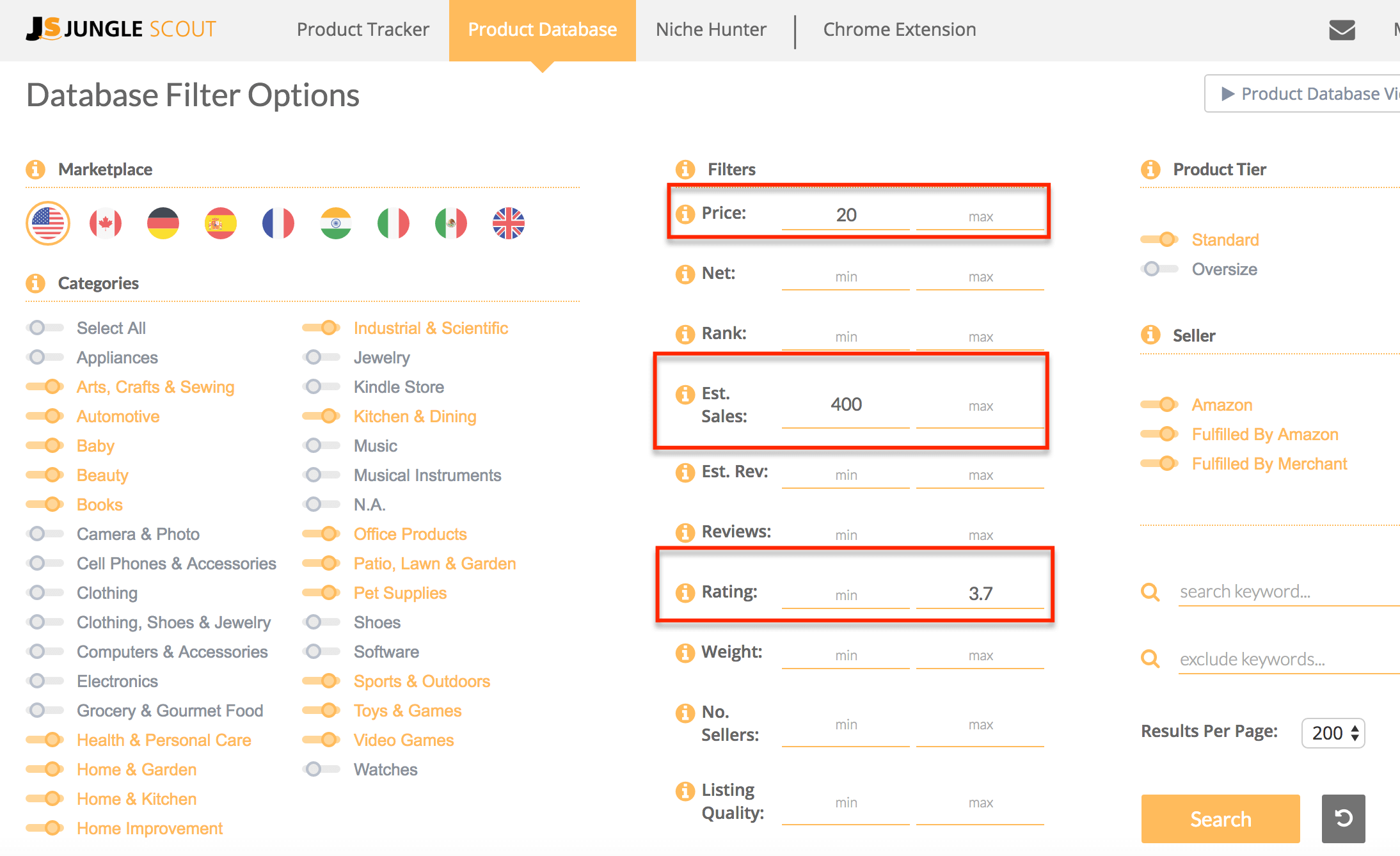
If we can identify what that product is, get it manufactured to better specifications, we would be able to capitalize on that demand and sell successfully. Ideally the product is relatively simple to manufacture and improve upon.
One product idea that came about with this method is some plastic food cell phone ornaments. It looks like this:
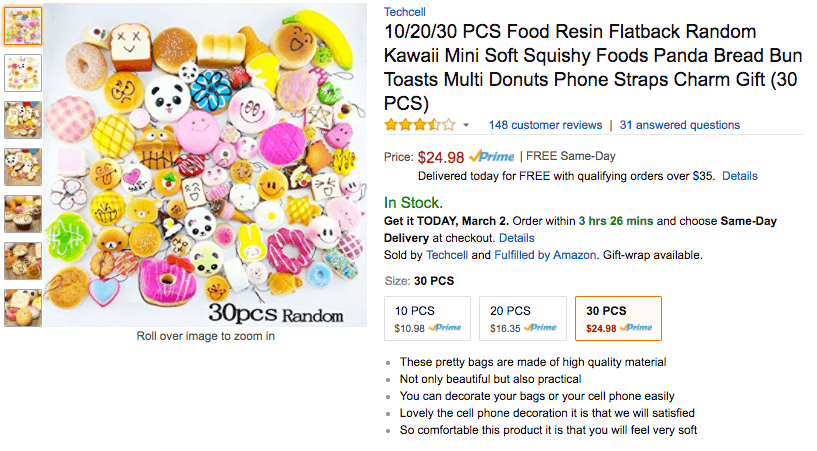
Strategy #2: The New Beast On the Block
This strategy looks at new listings that are hitting some monstrous sales figures, despite a poor listing and relatively few reviews. Ultimately, for us this means that there is a lot of existing demand and an existing market, and we can rank quickly for the main keywords and also improve on the product listing to get more sales.
The Product Database filter looks like this:
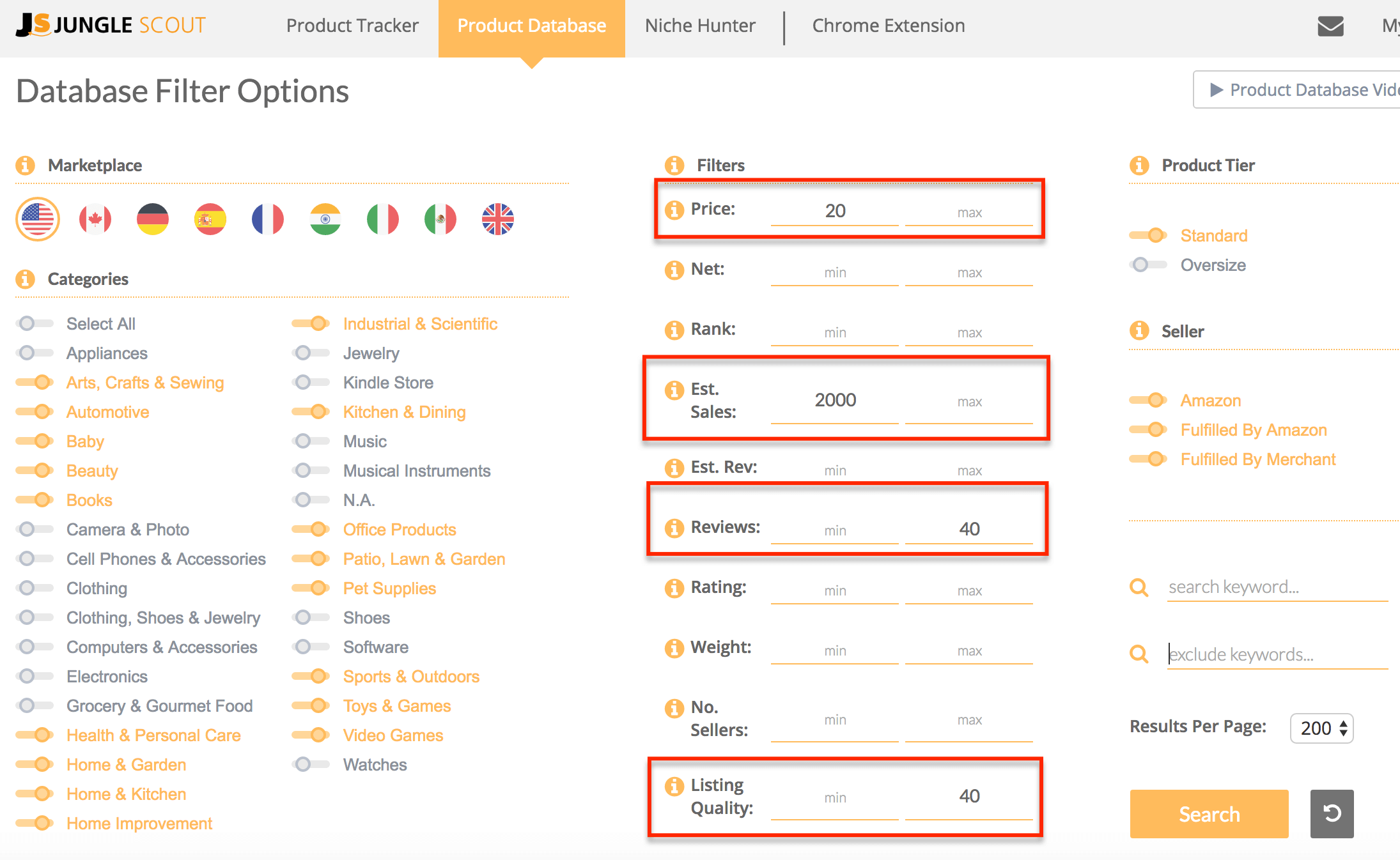
2000 units per month is almost 70 units per day. That is a lot! If we found at $25 product that moves around 70 units per day, that would be more than a $50k/month product. What types of products are these?
One additional criteria that we included in this filter is putting a maximum Listing Quality Score (LQS) of 40. The LQS is Jungle Scout’s proprietary system that evaluates and scores a product listing based on the Product Title, Description, Product Images, Keywords, and more. It is a scale of 0-100, so products with a LQS below 40 leave a lot of room for improvement.
After we ran the filter, the results included a lot of water filters, nutritional supplements, a carbon knife, and some magnetic tiles. Magnetic tiles… interesting! They look something like this:
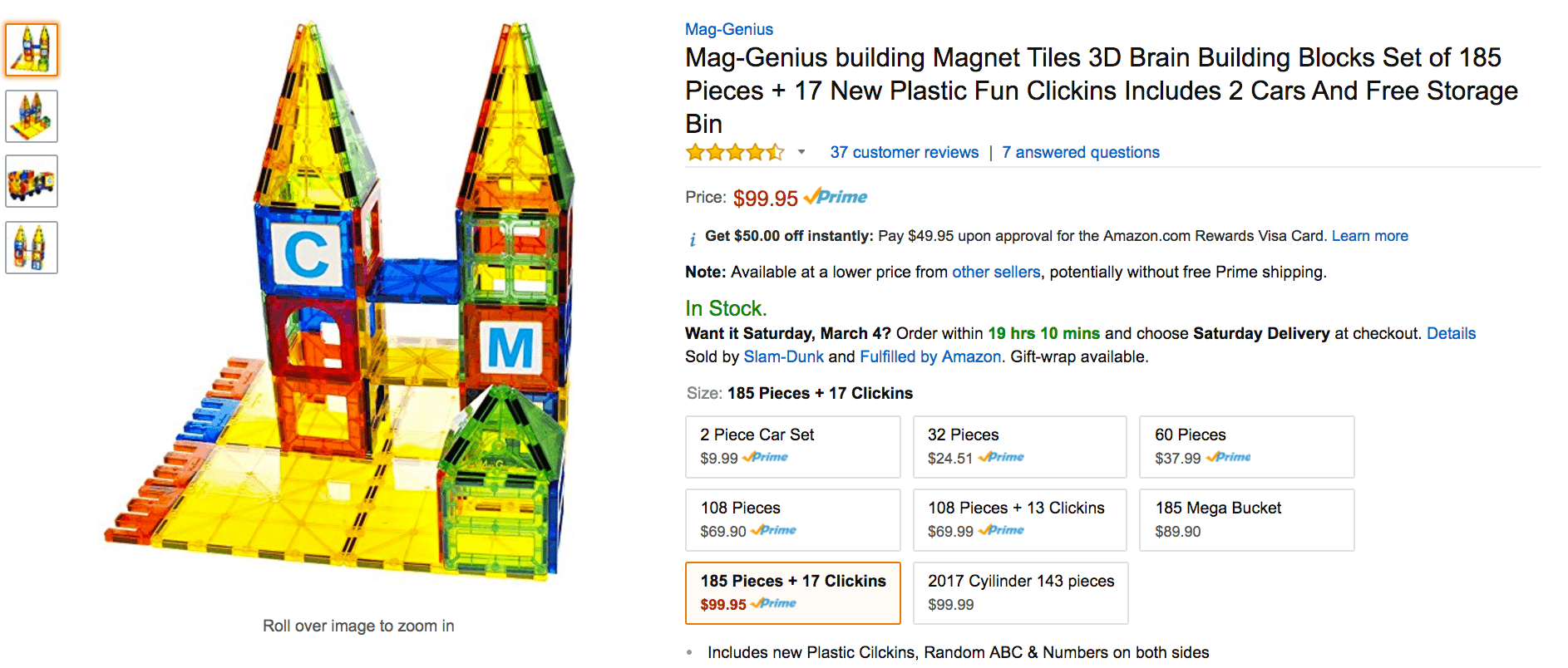
And here is the Jungle Scout data when we pull up the top results for the keyword “magnetic plastic tiles”:
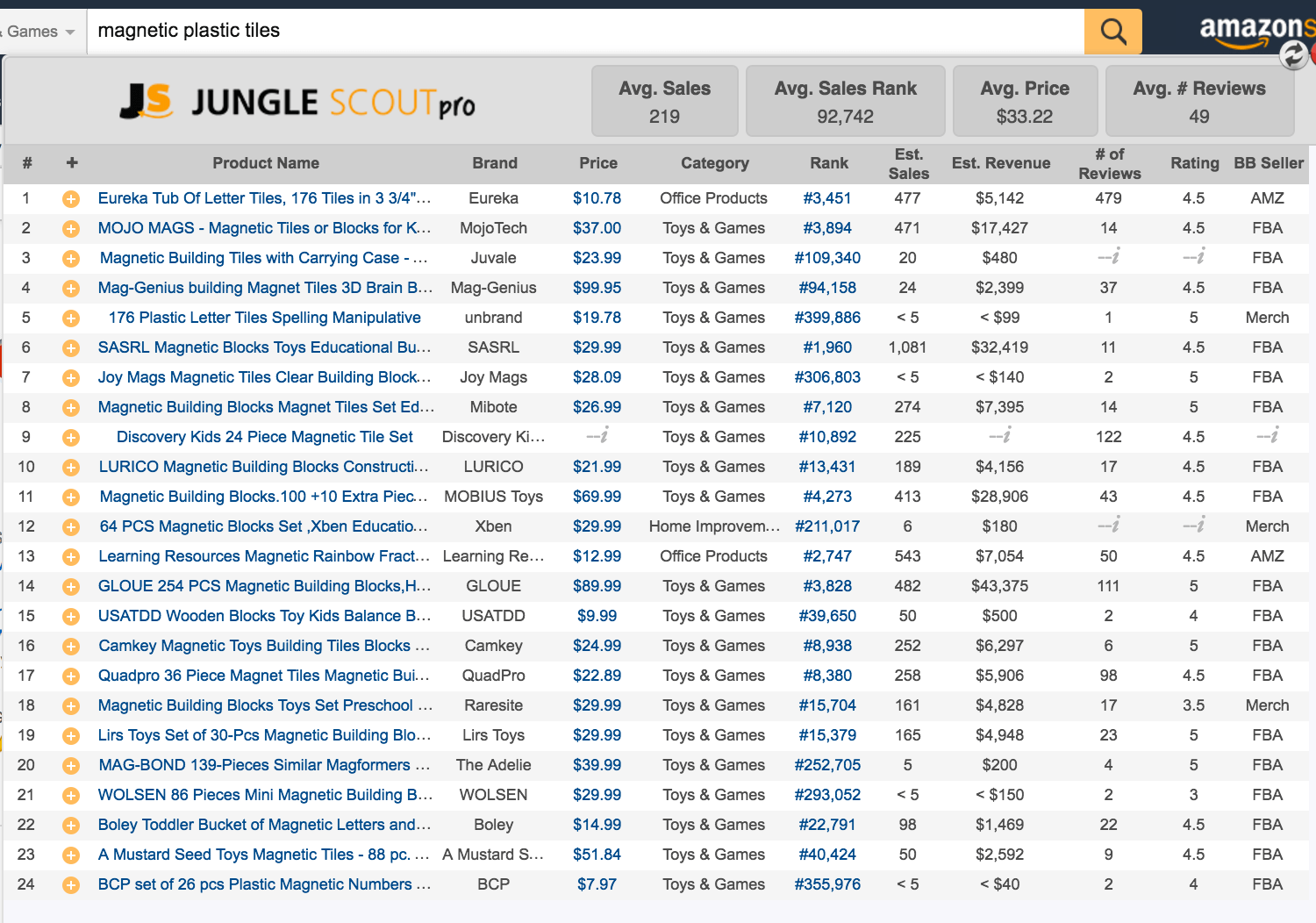
Here's Greg’s initial analysis of the data:
- There is good overall demand, judging by the Estimated Sales column of the top 10 sellers
- Good price point—products ranging from $24 up to $70. People look like they are willing to spend money to purchase this product
- There are some top sellers with less than 50 reviews – in fact, there are 6 sellers in the top 10 with less than 50 reviews
And pulling up the Google Trends data from within the Extension we can see some interesting patterns:
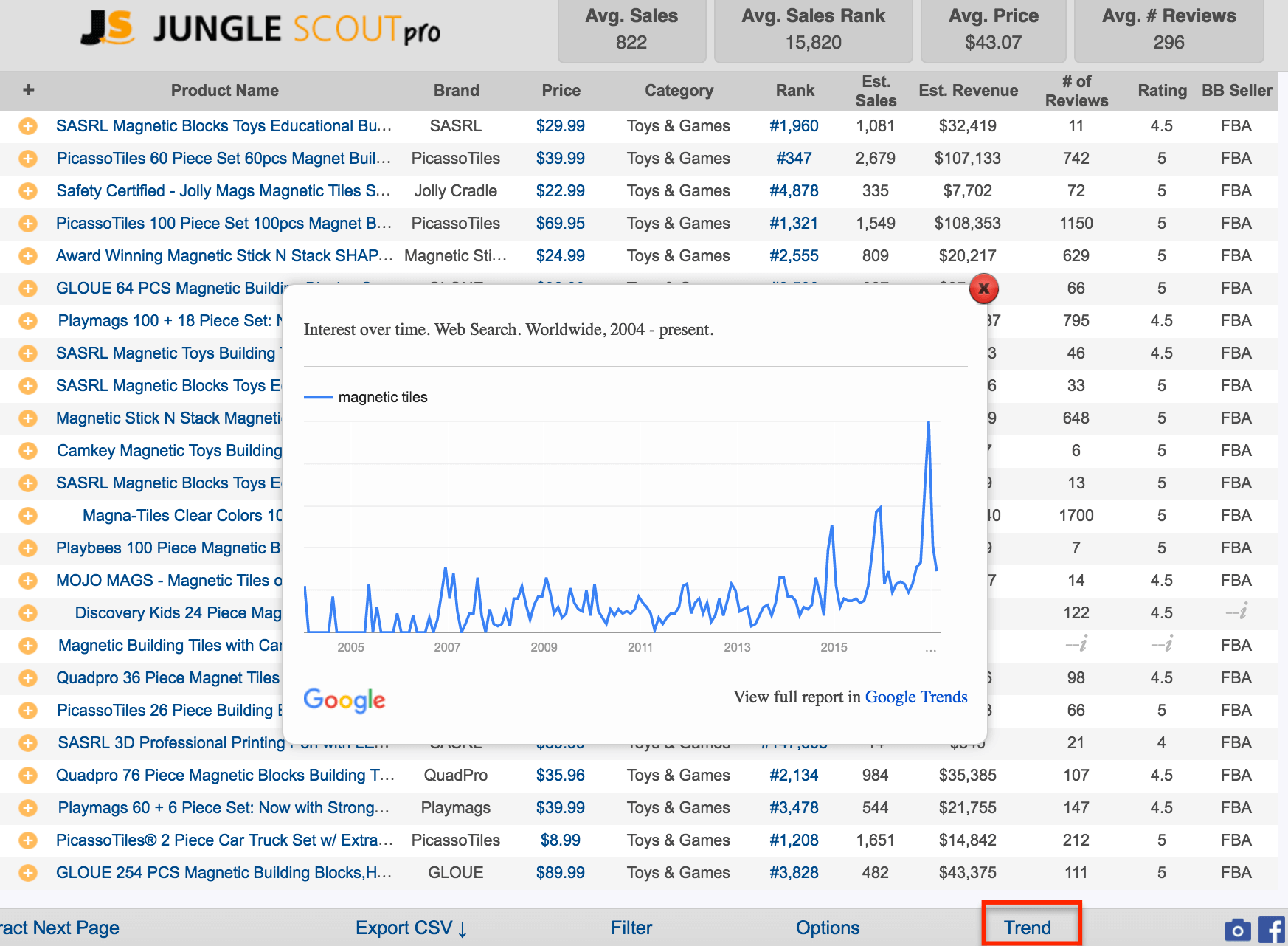
Overall, it looks like there is increasing popularity based on this Google Trends data. There has been marked year over year growth for the past five years. There is also some seasonality, with spikes in demand during the winter holiday season. Not ideal, but not a deal-breaker, especially not with an impressive growth trend like this.
This is a good product—solid demand, low competition, overall growing popularity, and a standard sized product (hence easier inventory management once at Amazon's warehouses).
Strategy #3: Gimme Your Lunch Money (aka Spy On Private Label Sellers)
The last new research strategy that Greg laid out shows how to leverage the success of other private label sellers to drum up new product ideas.
The strategy is simply examining the storefront of private label sellers with numerous products, identify their top-selling products, and see if it can be replicated or improved upon.
How do you find private label sellers? Easy, you can identify private label sellers in the Jungle Scout Web App by filtering for only products that have a one seller:
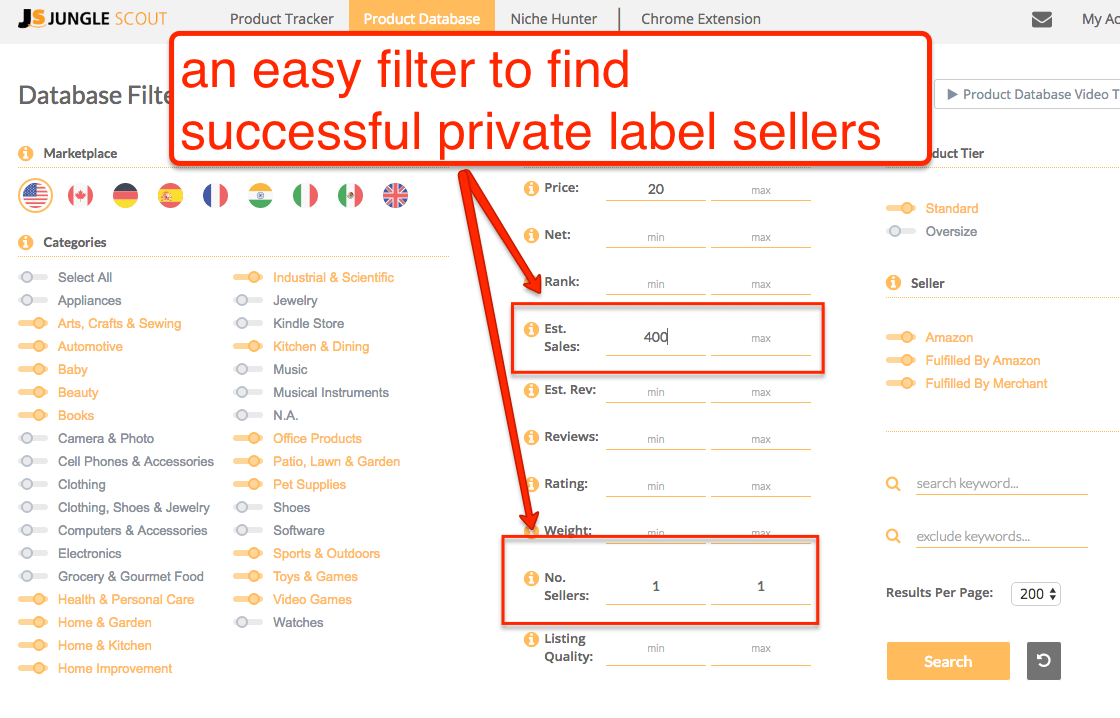
Alternatively, you can search for a popular private label product, for example yoga mats:
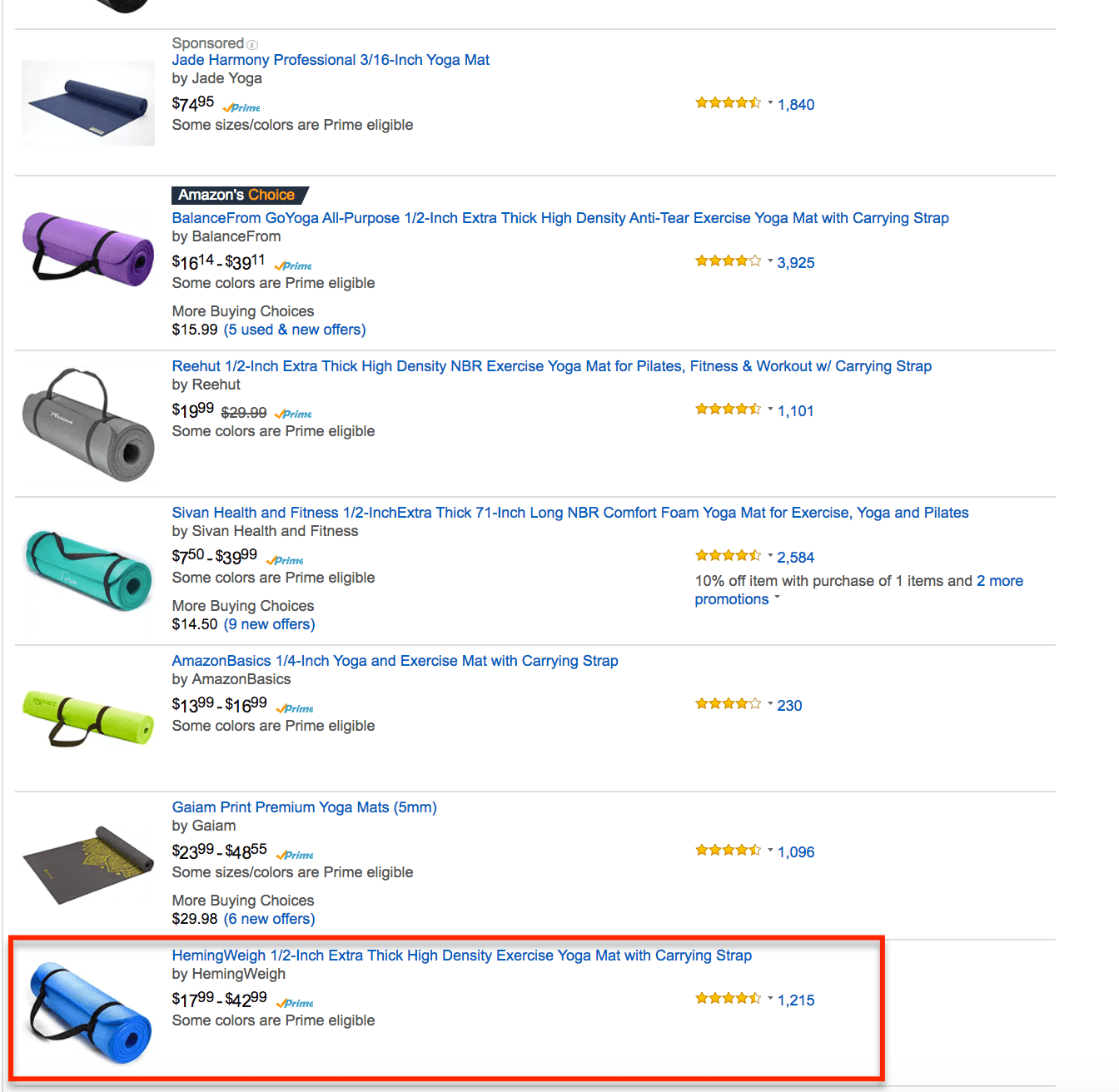
Using that method, we discover that this seller is a top ranked product for yoga mat:
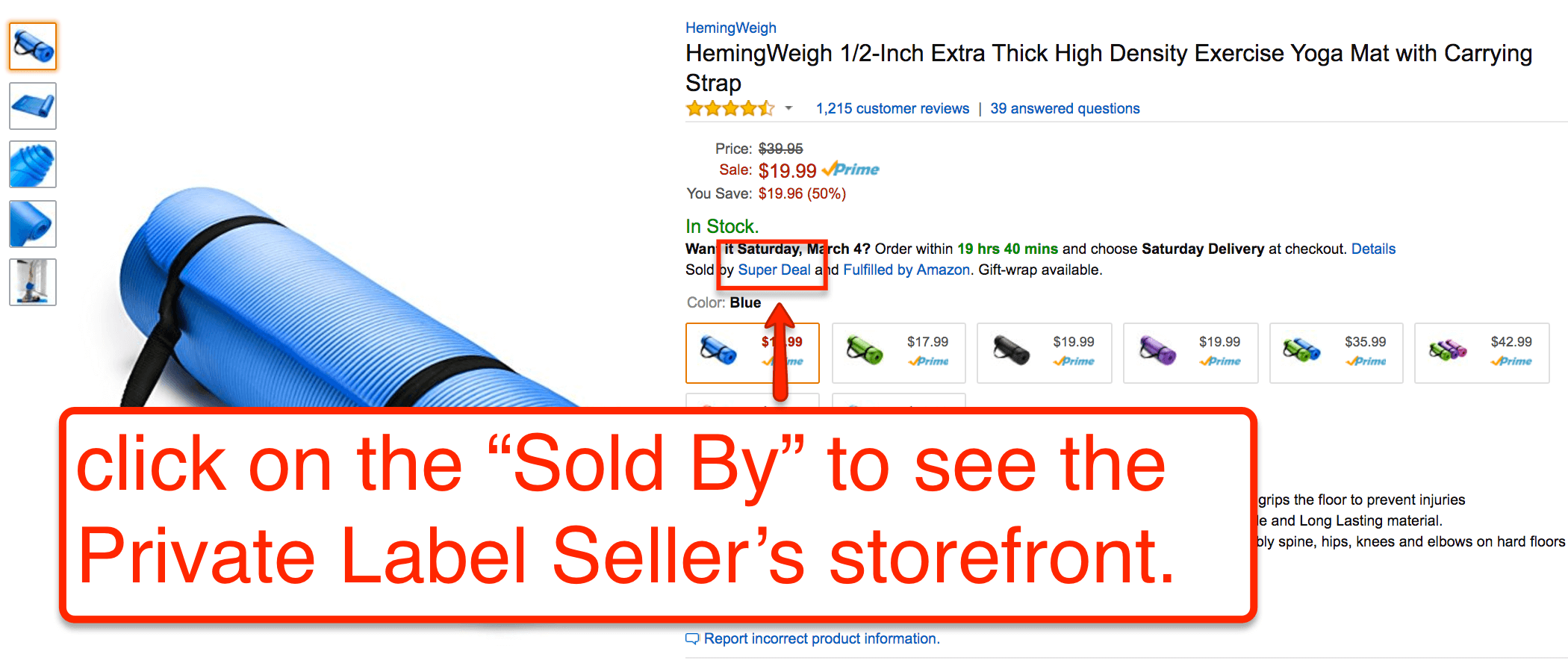
If we click through on the product, you can look at the “Sold By” link, and go to their storefront to see all of the products that they sell:
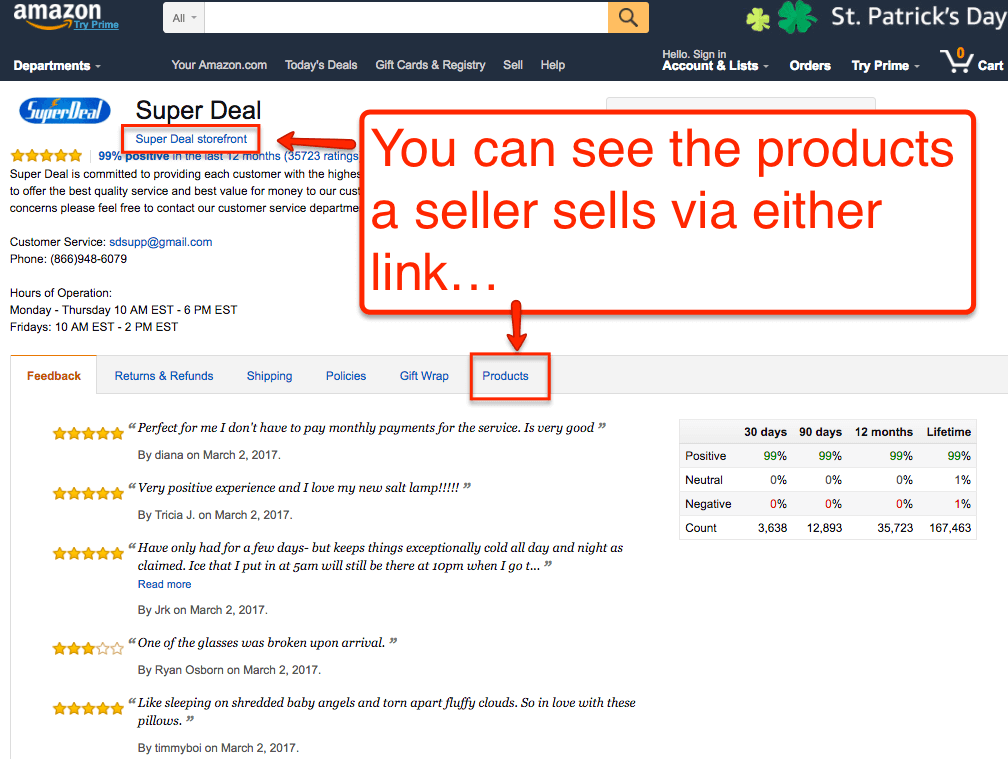
Looking through the catalog of Super Deal's products sold, we can sort all of the products by estimated sales in descending order, so we can easily identify which the best selling products are. Himalayan Salt Lamp comes up…
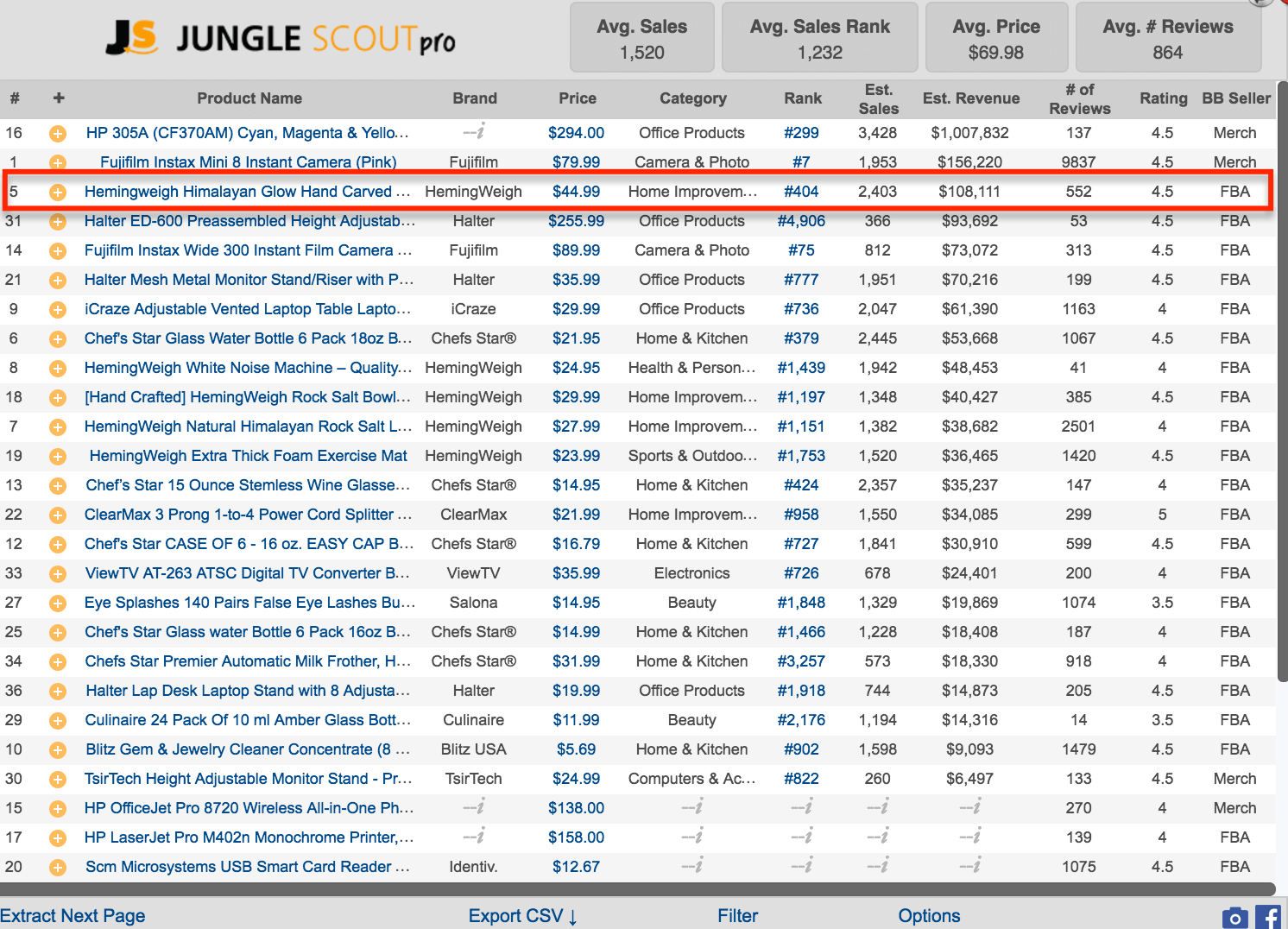
Clicking through on the product, we get a better idea of what this product is:
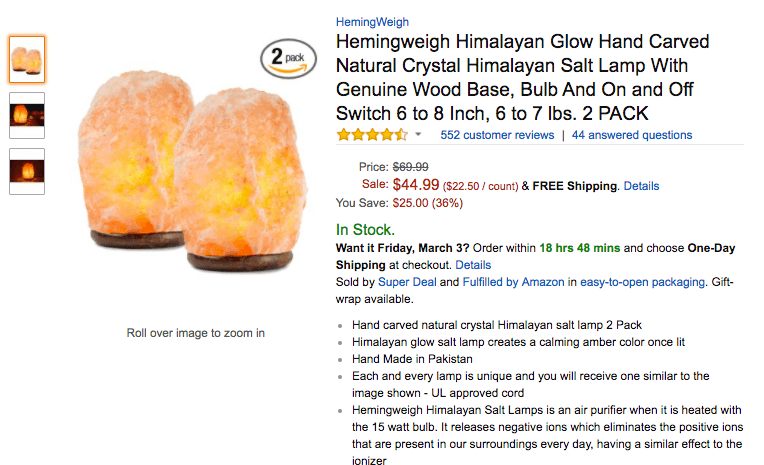
At this point, we are still not exactly sure what the target market is for these lamps. But there is certainly a lot of demand, and a good price point. However, it is very competitive and in the end, it seems to be tough to rank on first page.
Can we “niche down” and position for a particular type of Himalayan salt lamp? Let’s look at the other main keywords to see what is possible. Himalayan Salt night lamp, USB plug, Salt Lamp with chunks…
Looking at this “Himalayan salt lamp with chunks”, we see that there is a lot less competition, yet still some decent demand.
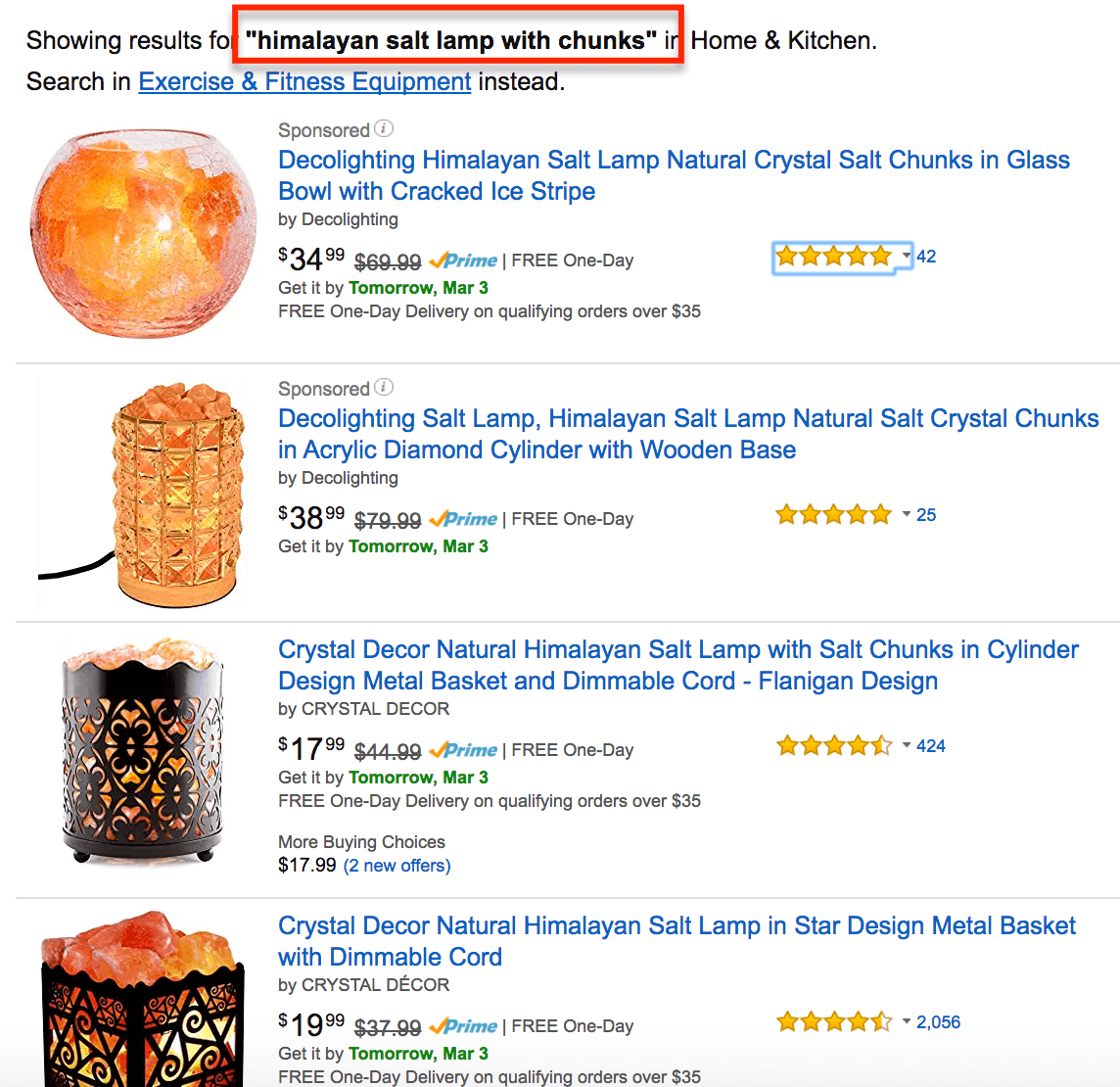
One issue looking at this is what Greg refers to as “depth of market”. In other words, are the sales evenly distributed across sellers, or are most of the sales concentrated with just a few sellers? It does look a bit concentrated at the top, but good enough to add this product to the list of potential product ideas.
By this point, we had a list of potential product ideas, with some of these notes jotted down. Greg’s spreadsheet can be found here.
Now that we have some ideas, let’s review everything holistically…
Note: for the purposes of this case study, we only had four decent ideas to review. Ideally, this phase of product research would generate some 20 to 50 products, and therefore have a lot more possibilities to evaluate.
Review All of the Ideas!
Now that we have a solid list of ideas, Greg wanted to take another look at the ideas with a fresh pair of eyes and re-evaluate the data.
Questions that we’d address:
- What are the concerns that existing customers have with the product?
- How can we position ourselves selling this product?
- What do the existing reviews, both good and bad, have to say about the product?
- What manufacturing requests would we make to our supplier?
And here are the comments for each product:
Tactical belt
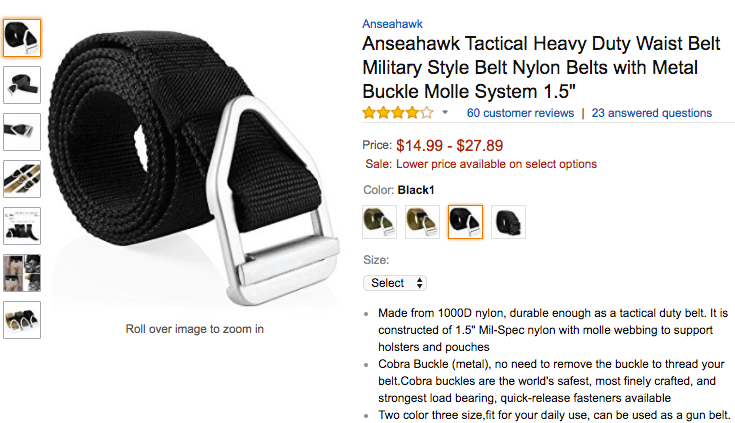
A bit competitive with a lot of sellers, despite the good demand. Some of the products are priced too low at $15 or so, so our profit margins would also be lower than ideal. There may be some liability issues depending on how the belt is used (for example, we wouldn’t want this belt to be used as a safety belt to keep people inside a helicopter!).
Hooded Baby Towels
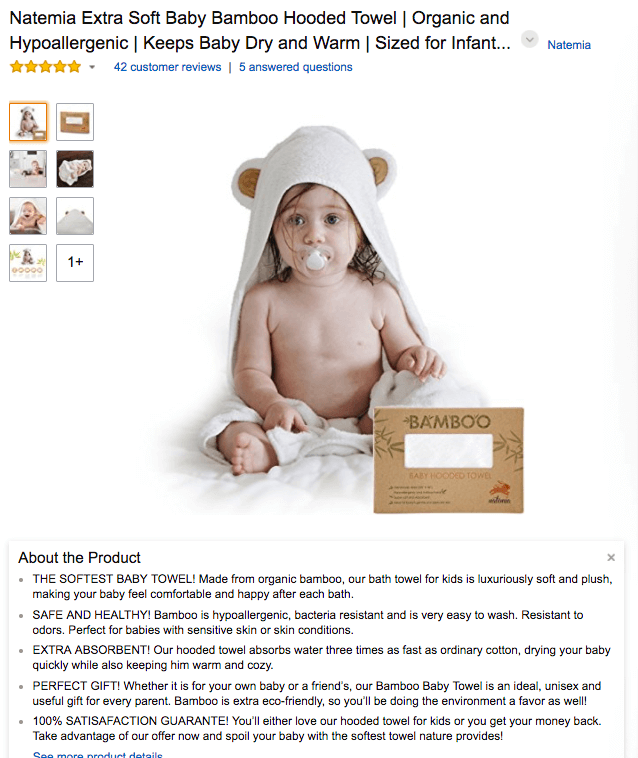
There is opportunity with this product. There is a lot of demand, while not being super competitive. We could also offer a differentiated product by creating and marketing a high-end product.
Therefore, we could sell it at a higher price point, maybe $25 per product. Some of the bad reviews comment on quality control issues, with loose threads, low-quality cloth, holes in the towels, and more.
Magnetic Plastic Tiles
This product is promising. The top selling products for “magnetic plastic blocks” have a good price point, solid demand and there are some sellers in the top ten with less than 50 reviews. Additionally, there are some products that aren’t directly related to “magnetic blocks” that appear in the top 10, which indicates that we could also rank well with an optimized listing.
One challenge here is that there are solid reviews for the existing products, so it may be harder for us to offer an improved product. Possibly stronger magnets, as a few reviews noted weak magnets that didn’t hold the blocks together.
Himalayan Salt Lamp
This is a more competitive niche, and lots of the sales are concentrated in the top seller. What is the cause for this? It will require more research to get an answer to this.
However, it may be too competitive of a niche with fewer ways to differentiate our product, so ultimately this is not a product to pursue further.
Further Research Until Next Week
Until our next session, we will do further research on customer reviews of both magnetic tiles and baby hooded towels. We will also dig in to the actual sales data of these products using Jungle Scout’s Product Tracker.
In a quick review of the Product Tracker data for baby hooded towels, we see that there is consistent demand in the past 30 days. There doesn’t appear to be any promotions or giveaways that are artificially spiking the Best Seller Rank and estimated monthly sales.
Here is a look at some of that Product Tracker data for baby hooded towels:
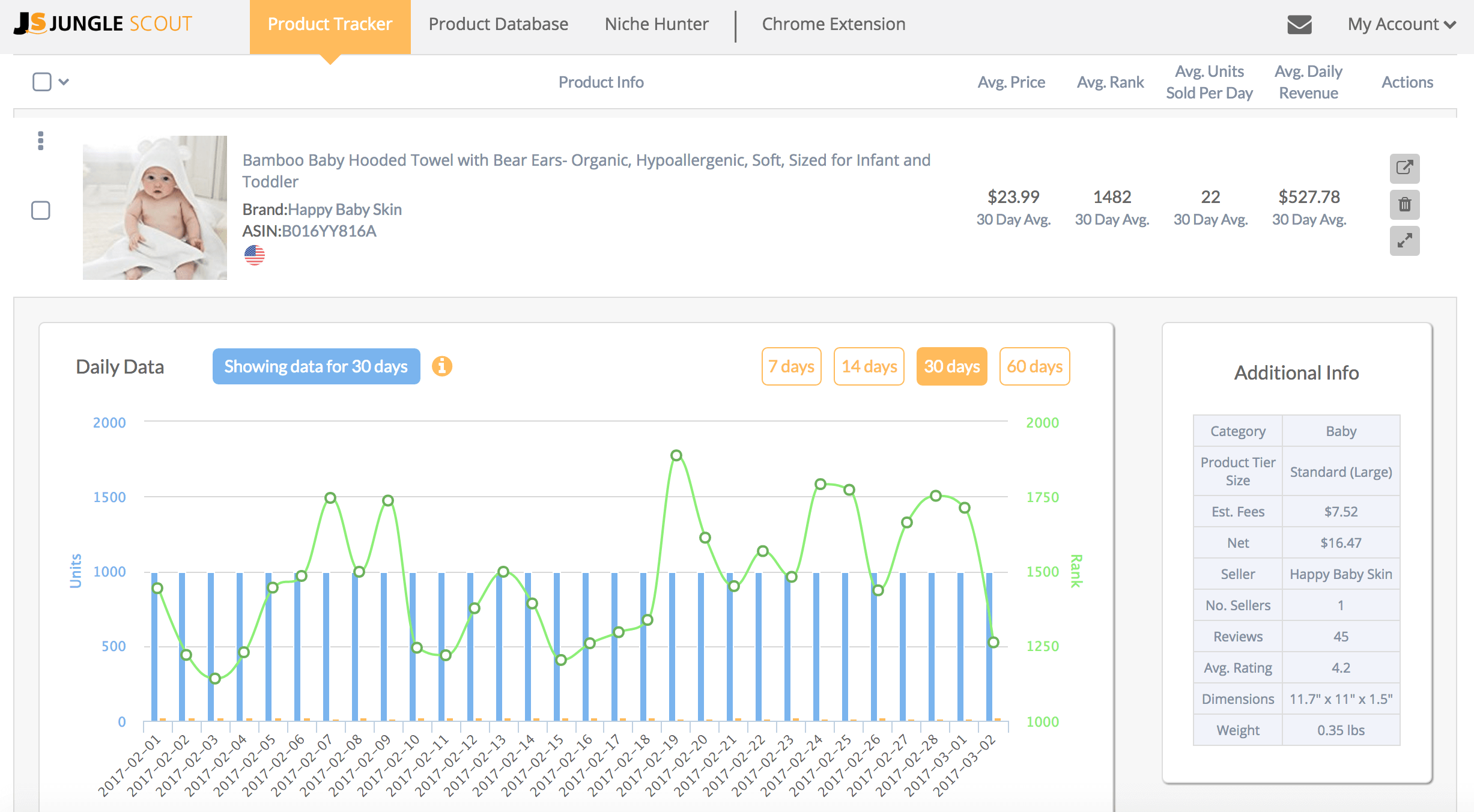
And the data for another brand of bamboo baby hooded towels:
![]()
This data reinforces that this may be a good product to sell!
Additionally, we will need to verify that there are no patents that would create issues with us selling the product. We did some quick Google searches on the webinar, but patent research certainly merits thorough evaluation.
Next Steps
Well glad you made it this far in the recap! Now you know the exact strategy and process that we used to generate these ideas and narrow down to just these two products.
Magnetic Tiles or Baby Hooded Towels? Which product do you think has the potential to carry us on this million dollar journey?
Drop your thoughts and rationale in the comments section below!
Enjoy this session? Next up in Session #3 we take a look at sourcing and how to find reliable suppliers. This session was originally held on Wednesday March 8th, with sourcing expert Gary Huang, of 80/20 Sourcing. Gary is a wealth of knowledge in product sourcing from China, so his advice will be invaluable in actually getting supplier quotes and a rough idea of what our cost of goods will be. If you missed the next session or need to catch up, head here to find a full recap, replay and slides!
Until next time friends!
